James Turrell is a name synonymous with the exploration of light, space, and the boundaries of human perception. His work, spanning over five decades, has consistently challenged and redefined the way we experience art. The book James Turrell: A Retrospective serves as an essential guide to understanding this enigmatic artist and his extraordinary body of work. This article delves into the key aspects of the book, offering insights into Turrell’s artistic journey, the significance of his work, and why this retrospective is a must-read for anyone interested in contemporary art.
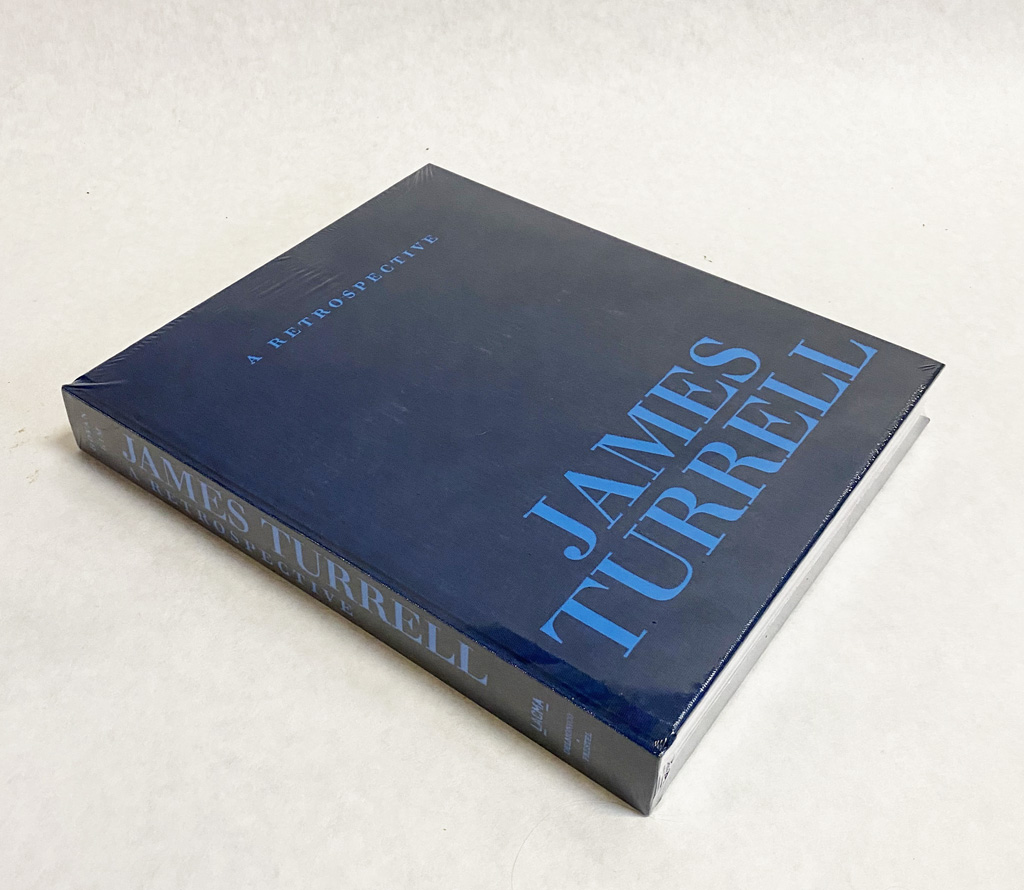
A Brief Biography of James Turrell
Born on May 6, 1943, in Los Angeles, California, James Turrell grew up in a Quaker household, where the concepts of inner light and spiritual contemplation played a significant role in shaping his worldview. These early influences are evident in Turrell’s later work, which often explores the metaphysical aspects of light and perception. Turrell attended Pomona College, where he studied psychology and mathematics, fields that later informed his understanding of perception and human cognition.
Turrell’s career as an artist began in the 1960s when he became involved with the burgeoning Light and Space movement in Southern California. This movement, which included artists such as Robert Irwin and Larry Bell, focused on using light and space as primary materials in art, challenging traditional notions of art-making. Turrell quickly distinguished himself within this group through his innovative use of light to create immersive environments that alter the viewer’s perception of space.
Throughout his career, Turrell has received numerous awards and honors, including a Guggenheim Fellowship in 1974 and a MacArthur Fellowship in 1984. His work has been exhibited in major museums and galleries worldwide, making him one of the most influential artists of the 20th and 21st centuries.
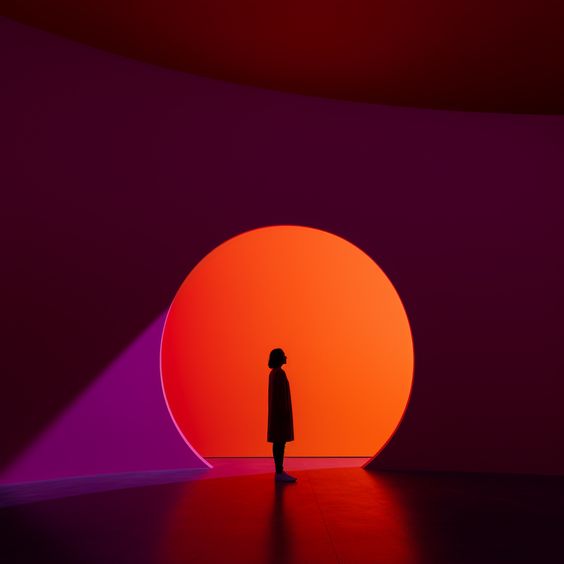
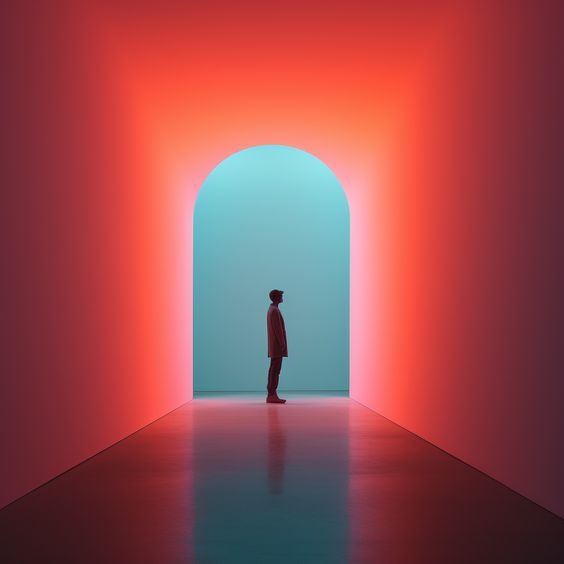
An Overview of James Turrell: A Retrospective
James Turrell: A Retrospective is more than just a catalog of the artist’s work; it is a comprehensive exploration of his life, influences, and the themes that have driven his artistic practice. The book was published to accompany a major retrospective exhibition of Turrell’s work, which has been showcased in several prominent museums around the world, including the Los Angeles County Museum of Art (LACMA), the Solomon R. Guggenheim Museum in New York, and the Museum of Fine Arts in Houston.
The book is meticulously curated, offering readers a detailed look at Turrell’s most significant projects, from his early experiments with light in the 1960s to his ongoing Roden Crater project. It features essays by leading art historians, interviews with the artist, and stunning photographs of his installations, making it an invaluable resource for anyone looking to delve into the mind of one of the most innovative artists of our time.


The Art of Light and Space
James Turrell’s work is often described as an exploration of light and space, but this simple description belies the complexity and depth of his practice. Turrell’s art is not about light as an object or a medium, but about light as an experience. His installations are designed to manipulate the viewer’s perception, creating environments where light becomes tangible, almost sculptural.
The book James Turrell: A Retrospective captures this unique aspect of his work through a combination of vivid imagery and insightful analysis. The photographs in the book do more than just document Turrell’s installations; they convey the sensory experience of being within these spaces. Whether it’s the serene, meditative quality of his Skyspaces or the disorienting effects of his Ganzfelds, the book allows readers to appreciate the subtle nuances of Turrell’s work, even if they have never had the opportunity to experience it in person.
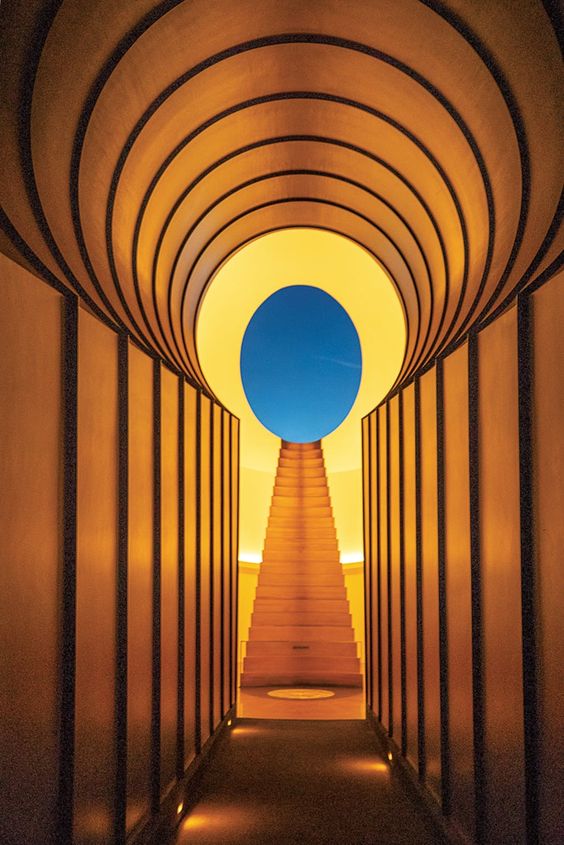
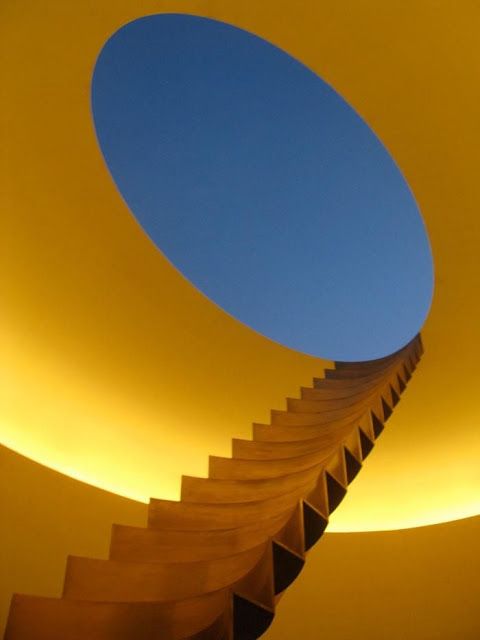
A Journey Through James Turrell’s Artistic Evolution
One of the most compelling aspects of James Turrell: A Retrospective is how it traces the evolution of Turrell’s artistic vision. The book begins with his early experiments in the 1960s, where he used simple projections of light to create illusions of solid forms. These early works, such as the Mendota Stoppages, laid the foundation for Turrell’s later explorations into how light can shape our perception of space.
As readers progress through the book, they are taken on a journey through Turrell’s major series, including the Skyspaces, Ganzfelds, and the monumental Roden Crater project. Each chapter is dedicated to a specific phase of his career, providing detailed explanations of the concepts behind his work and how they evolved over time. The essays in the book, written by leading art critics and scholars, offer deep insights into the significance of Turrell’s work and its impact on contemporary art.
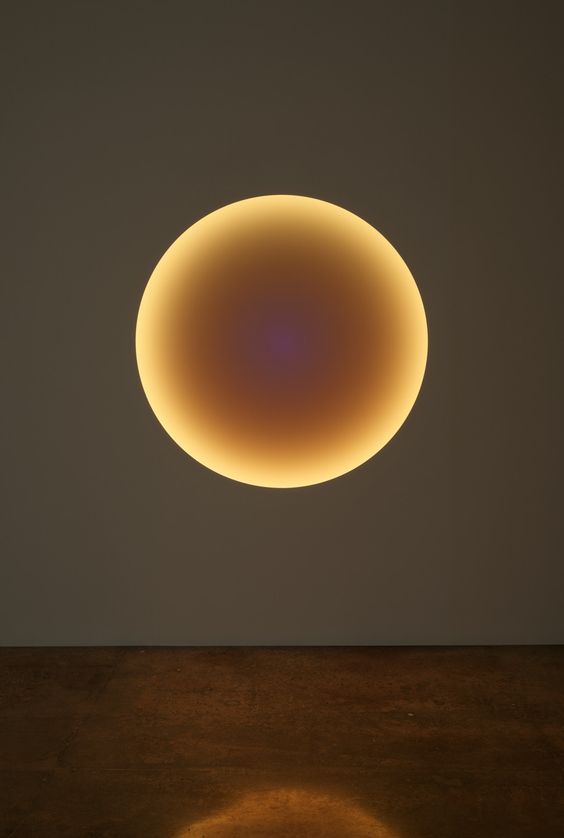
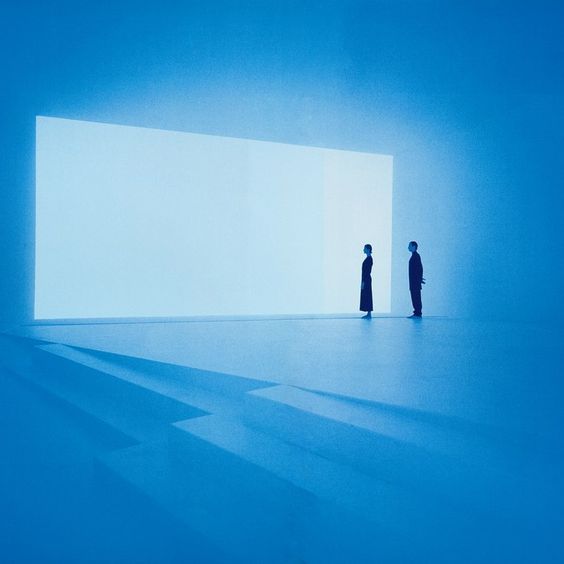
The Roden Crater Project: A Visionary’s Masterpiece
No discussion of James Turrell’s work would be complete without mentioning the Roden Crater project, and James Turrell: A Retrospective gives this monumental endeavor the attention it deserves. Located in the Painted Desert region of Northern Arizona, Roden Crater is an extinct volcanic cinder cone that Turrell has been transforming into a large-scale artwork since the late 1970s.
The book provides a detailed account of the Roden Crater project, from its inception to its ongoing development. Through essays, sketches, and photographs, readers gain an understanding of the sheer scale and ambition of this project. Roden Crater is not just an artwork; it is an observatory, a place where visitors can experience celestial phenomena and the changing light of the desert sky in ways that are impossible in conventional settings.
James Turrell: A Retrospective highlights how Roden Crater embodies Turrell’s lifelong fascination with light, space, and perception. It is a testament to his dedication and vision, and the book allows readers to appreciate the meticulous planning and execution that has gone into this decades-long project.
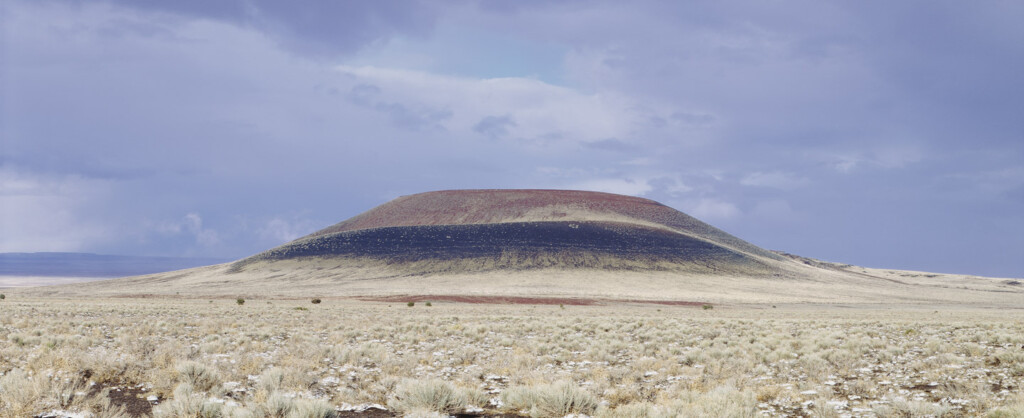
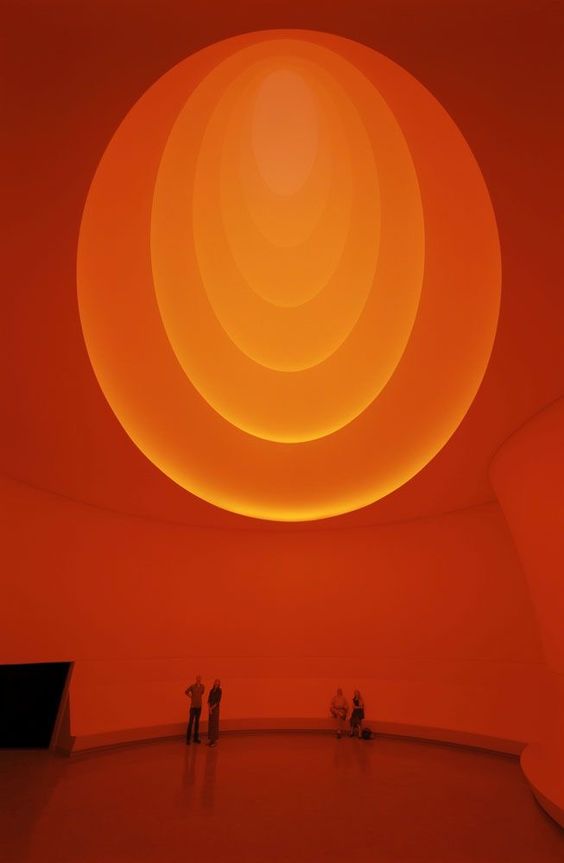
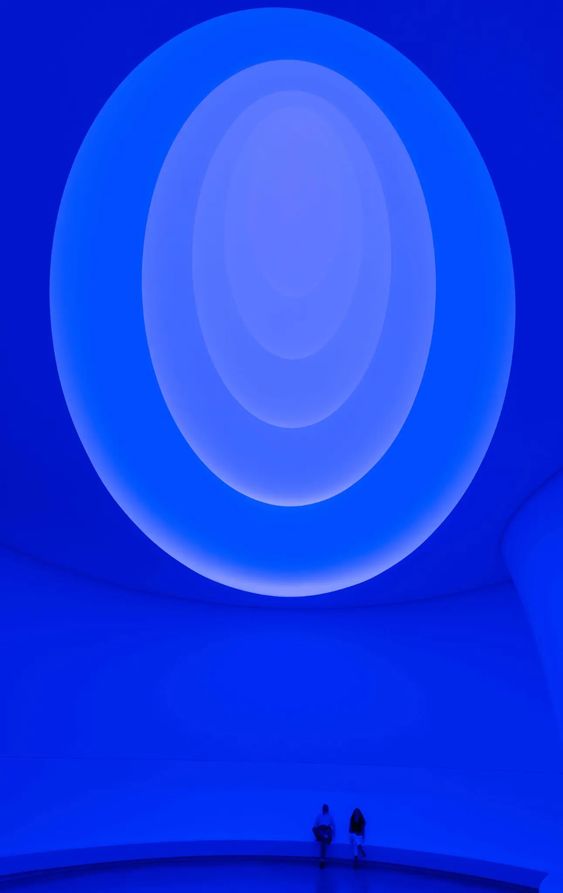
The Intersection of Art and Science
One of the reasons James Turrell’s work is so compelling is that it exists at the intersection of art and science. His installations are not just artistic expressions; they are also experiments in perception, drawing on principles of psychology, physics, and astronomy. James Turrell: A Retrospective delves into this aspect of his work, exploring how Turrell uses scientific concepts to create art that challenges our understanding of reality.
The book includes essays that discuss the technical aspects of Turrell’s work, such as how he uses light to create the illusion of solid objects, or how his Skyspaces are designed to alter our perception of the sky. These insights into the science behind Turrell’s art deepen our appreciation of his work, revealing the complexity and innovation that underlie even his simplest installations.
A Must-Read for Art Enthusiasts
James Turrell: A Retrospective is not just a book for those who are already fans of Turrell’s work; it is a must-read for anyone with an interest in contemporary art. The book is accessible enough for newcomers to Turrell’s work, providing clear explanations of his concepts and an overview of his career, while also offering enough depth and detail to satisfy more knowledgeable readers.
The essays in the book are written by some of the leading voices in the art world, providing a range of perspectives on Turrell’s work. The interviews with Turrell himself offer personal insights into his creative process, making the book a valuable resource for artists, curators, and art historians.
Conclusion
James Turrell: A Retrospective is more than just a book; it is an immersive experience that invites readers to explore the mind of one of the most innovative artists of our time. Through its detailed exploration of Turrell’s work, the book offers a comprehensive overview of his artistic evolution, from his early experiments with light to the monumental Roden Crater project. Whether you are a seasoned art enthusiast or new to Turrell’s work, James Turrell: A Retrospective is an essential addition to your library, providing both inspiration and insight into the world of light, space, and perception.





